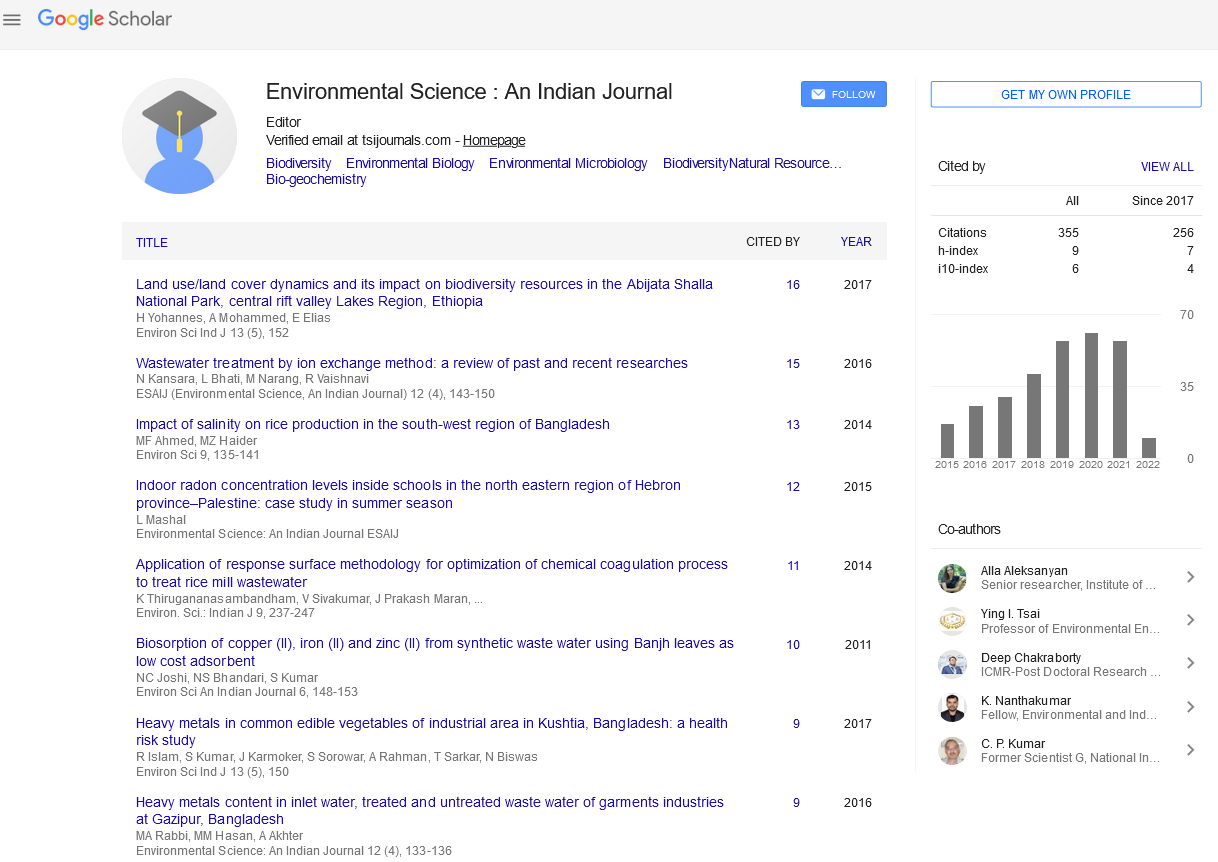Abstract
A comparative study on exposure to indoor air pollution among the urban, sub-urban and rural populations of Jalgaon district
Author(s): Lalit T.Ingale, S.T.Ingle, Bharti Patil, Kamalesh J.DubeIn developing countries the majority of people rely on solid biomass for cooking and heating which results in poor indoor air quality. This study investigated the indoor air quality of rural, sub-urban and urban houses in Jalgaon District of Maharashtra state. The study was undertaken to estimate the indoor dust concentrations and their effects on the rural, suburban, and urban public. The study shows considerable high concentration of particulate matter particularly in the kitchen using biomass as fuel in the rural areas as compared to urban areas. As a part of study 600 houses were surveyed for indoor air quality fromrural, sub-urban, and urban areas. The health assessment (n=600) of exposed population was done by conducting the pulmonary function test with these areas. The women are exposed to the indoor house environment for a longer period and are most vulnerable to the indoor biomass smoke. The male are less exposed to indoor environment as compared to the female. Significant declines in forced vital capacity (FVC), forced expiratory volume in one second (FEV1), Forced ExpiratoryFlow25-75 (FEF25-75) and peak expiratory flowrate (PEFR)was observed in the rural public as compared to sub-urban and urban. The study confirmed the reduction in lung efficiency in female as compared to male. Ventilatory impairment shows that most of the subjects come under the category of moderate and severely affected. The symptoms of respiratory diseases like frequent coughing, irritation in respiratory tract, and shortness in breath were observed in the exposed population.

